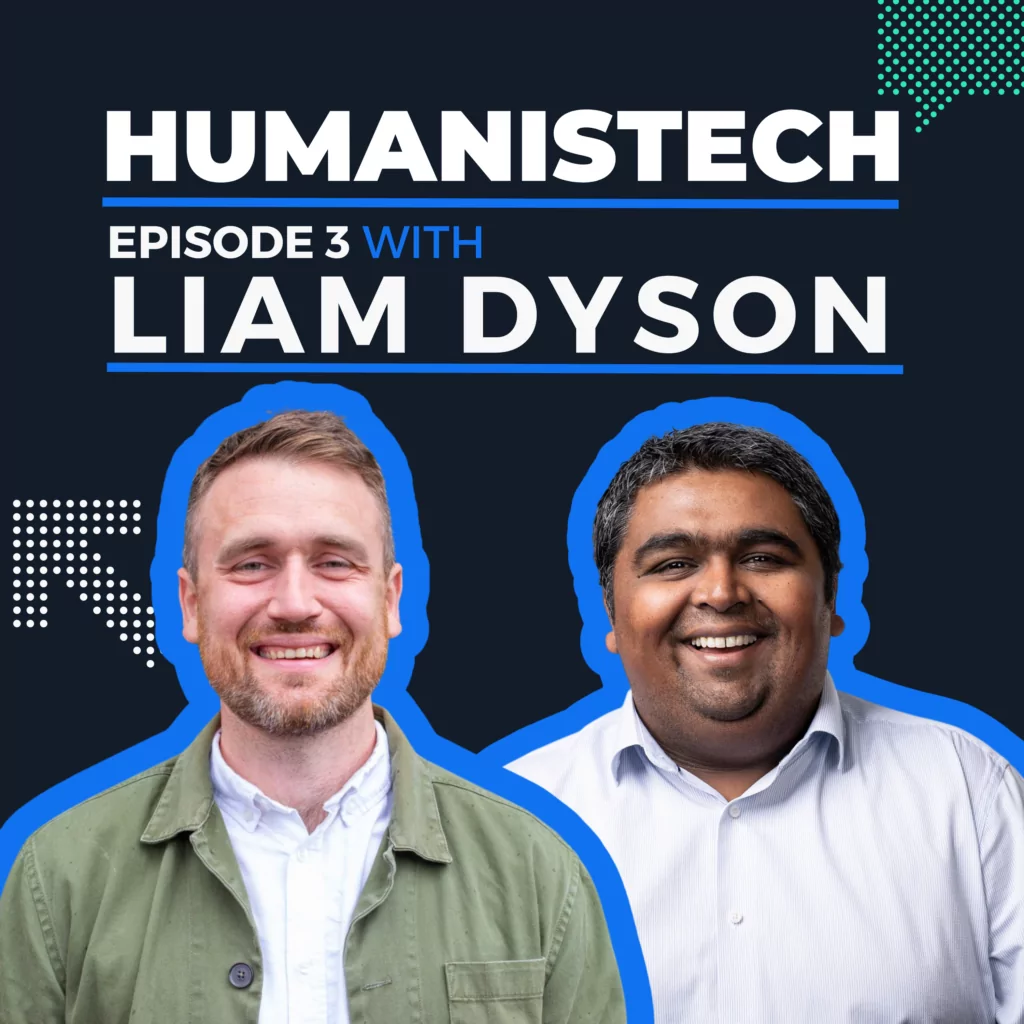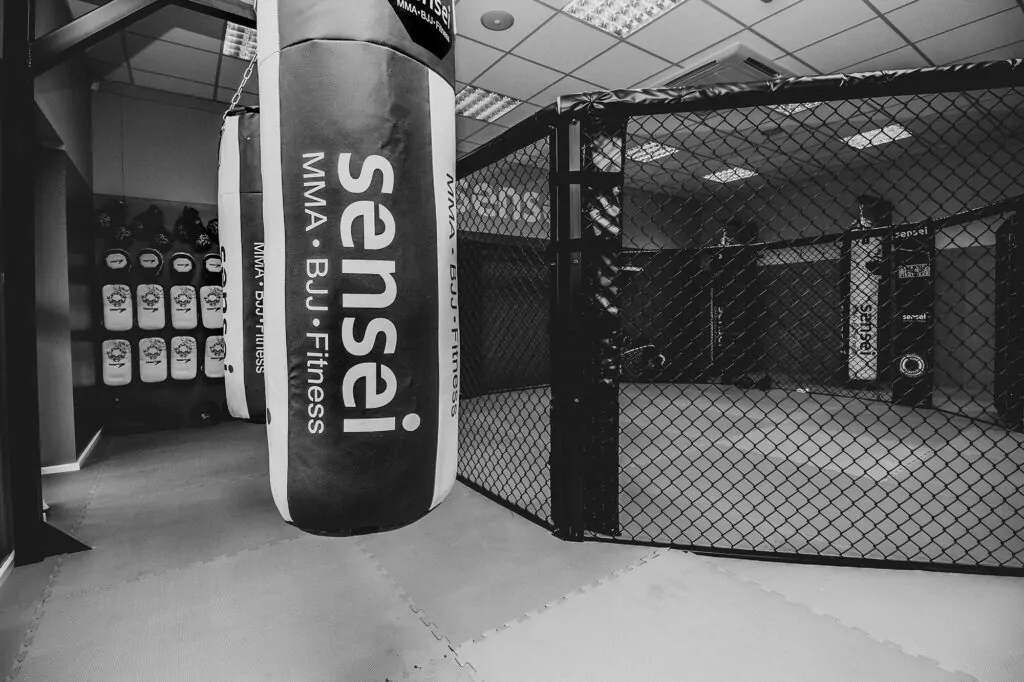AI and machine learning have been used for years. But nothing has propelled it into popularity like ChatGPT and Generative AI models have.
Now, whichever way you turn, there’s an AI debate. Businesses are desperately trying to implement it into their new or existing toolkit, while startups are launching with a complete AI focus (including Elon Musk’s latest xAI).
The AI market is predicted to grow twentyfold in the next ten years. And at the risk of being left behind, consultancy and software development businesses are grappling to get their AI-focused services into the marketplace to support businesses in their quest for improved productivity, decision-making and creativity.
While many are eager to adopt AI as quickly as possible to find better ways of improving business operations, plenty of others are concerned over AI’s potential to replace human capabilities.
We’ve all heard the stories and concerns of individuals across industries being made redundant or partially replaced by AI-based tools like ChatGPT.
Contrary to scaremongering – replacing humans with AI is a misunderstood and misguided decision business strategy. Although AI and machine learning have opened up immense opportunities for business automation, they simply cannot replace human experience.
Effective deployment of ChatGPT hinges on competent, creative human intervention to provide prompts, enter relevant data and fact-check the information produced by AI-based tools.
Businesses need to understand that these tools should not replace their experts but should instead be expertly guided to generate optimal results.
For example, if a company needs an image for its social media campaign, it faces the perceived dilemma of either bringing in a graphic designer or using an AI-based image creation tool. If the business decides to use AI without in-house graphic design capabilities, they’d most likely prompt the tool to:
Generate an image of an individual purchasing a burger at a store.
If a graphic designer were to use the same tool, their prompt would likely look something like this:
Generate an image of an individual who is about 25 years old with headphones on his head, wearing yellow and red clothes. He is buying a burger packed in a red and white box and paying for it using his smartphone. A drink is next to him with the Coca-Cola logo on the packaging. Create the image as if it’s been taken from a Canon D3500 camera lens with aperture settings of f/2.0 using a wide-angle lens.
The prompts are wildly different. A graphic designer understands minor but significant details like brand colours and showcasing the company’s focus of accepting mobile payments by featuring a smartphone in the image. This kind of information cannot be thought of by someone who is not an expert at what they do.
No amount of automation can replace human experts unless the business decides that saving money in the short term is more of a priority for them than getting the best quality image for their campaign, which will help them create a better brand for their future.
AI should not force businesses to cut jobs. Instead, it can be used to cut costs, timescales and inefficiencies.
Improved productivity.
It’s undeniable that AI-based automation tools will help you tick through that looming to-do list faster.
Take the above graphic designer’s example. If they’d had to create the image from scratch, it could have taken hours or even days, depending on their skill level.
An AI-generated image can be produced within a few minutes. A designer can then make their own improvements to have it ready for sharing that same day.
Imagine being able to generate multiple images for a single campaign in the same time it would take to design one image. Even the biggest AI-cynic will struggle to criticise that concept! It’ll also make your marketing team happy, who will have quick access to a library of content-supporting assets, as well as A/B testing variations. No more hounding the design team on Slack for those infographics they’d requested either – win, win!

Reduced business expenditure.
One word: savings.
An employee has about 40 or fewer working hours per week, so businesses plan or schedule work for these team members based on those numbers. From a budgeting point of view, if the business has a budget of, let’s say, 25 hours worth of graphic designer’s time, but the estimated time required for all of the assets is around 40 hours, it creates a challenge for the campaign team.
They’re forced to either cut corners or go crawling back for more budget – either way, you’re pretty much guaranteed a disgruntled client.
If the graphic designer uses AI-based tools effectively, they can churn out an entire campaign within the required timeframe. Guess what, campaign team? That means you don’t need to forfeit quality or face that uncomfortable budget-adjusting conversation.
Better decision-making.
Through intelligent data-input, AI-based tools can help businesses to run analytics and provide tailored predictive solutions. This opens up enormous opportunities for businesses to make improved strategic decisions.
For instance, if a company is looking to set up a warehouse to improve its product distribution and are unsure which location will reap the maximum reward for the business. Using the purchase data available to them and focusing on the location of the sale will help identify where the company gets the bulk of its business. By setting up a warehouse in a high-purchase location, the company can reduce delivery times and boost repeat purchases.
All this is possible using machine learning algorithms to understand and implement predictive business solutions.

Improved customer experience.
Chat-based AI automation is already having a widespread improvement on customer support. If your website already has an FAQ or Help & Support page, it’ll be easy to use those as a starting point to train a chatbot to answer common customer questions.
Chatbots can figure out the details faster and move the conversation to a human advisor (if required), making the experience easy for the customers and better for the business.
With machine learning and generative AI-based platforms, it’s becoming more and more accessible for chatbots to learn and generate creative responses to customer queries.
These provide immense opportunities for improvement and a positive impact on businesses by using AI-based automation systems.
Whether you need to free up your team to focus on more strategic and creative work, make better business decisions, create hyper-personalised customer experiences, or develop innovative products that your competitors could only dream of – AI can help.
Still on the fence about how AI can benefit your business? Explore our transformative AI services, or get in touch with us. We’re always up for a good AI conversation over a cup of coffee.






